Head Gap Recording Studio was founded in 2006 to provide an affordable recording space at a time when such a thing was hard to find in Melbourne, Australia. While larger studios have closed their doors and smaller studios have cropped up to cater to artists unaccustomed to full-band recordings, Head Gap has grown into a high-quality facility with tape and digital capabilities—and space enough for bands to stretch out.
While previous installments of our Show Us Your Space series—like The Closet Studios in Tulsa, Oklahoma, and Powerplay Studios in Maur, Switzerland—have been conducted as guided tours, this time around Reverb’s Nick Smethurst interviewed Head Gap founder Neil Thomason and partner-engineer Finn Keane. Their conversation is featured below, alongside the photos of the studio's spacious rooms and classic equipment.
Whether you have a great practice space or home studio, a professional facility or a gear workshop, we'd love to feature it on Show Us Your Space. Have you assembled an awesome music space that you want to show off? Contact us at [email protected].

What’s the history of the studio and your individual involvements in it?
Neil Thomason: The studio had its first session on the April 10, 2006. My Disco’s Cancer record. Took seven-months-odd to build it prior to that. I’d been a musician and pretty much had kind of transitioned out of playing in bands and into being an audio engineer. And the whole impetus for building a studio had to do with wanting to provide a facility that could offer 2" 24-track recording capability that wasn’t going to cost you $1,200 a day—because there weren’t really options in Melbourne providing that at all.
I knew that as a freelance engineer, who had a small studio at home—bands would come and say, "We want to work the tape." The digital versus tape war was kind of peaking around that time. The writing was on the wall with digital, but digital was still a bit shit at that point—you know, early days for converters and that sort of stuff. So the consensus in the musical community that I was involved with, either as an engineer or a musician, was still: If you were serious, then it was about tape.
I mean ADAT was sort of the accessible digital format at that point, and I made records on ADAT that I think sound totally fine. But it was seen as being…
Inferior.
NT : A little bit, compared to tape. Bands were coming to me as a freelance engineer, wanting to record in-studio to 2" tape, and I'm like, "Well, open your cheque book my friend, because you can’t do that cheaply in Melbourne."
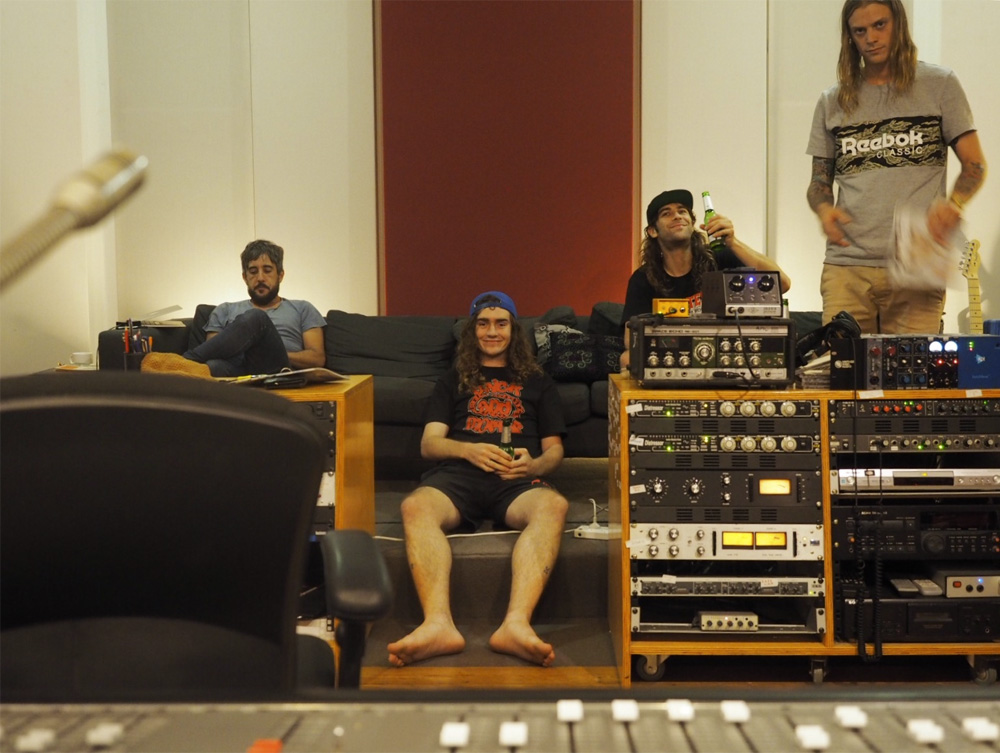
So we thought there was a hole there to cater to indie bands in Melbourne at a price point that was a little more affordable than that. That was the whole kind of genesis of the studio, what we set out to offer. And when we did open, we didn’t offer digital multi-track recording at all. We ran for the first sort of year or two… not as an all-analogue facility, but you could only record and mix off of tape. And we were capturing mixes on the 2-track digital system.
Initially the response that we got was really positive. I think most studios, when they open, there’s an excitement and an energy around a new space in town and people will support them—and they did, and we were incredibly grateful for that. But then it soon became apparent that if we were going to stay in business we had to expand what we offered, and then we also offered digital multi-track as well. So that’s how it all started, that was with a guy called Brent Punshon. Brent and I started the studio.
When did your involvement, Finn?
Finn Keane: Way back then I did a session here—I think it was probably about 2009 or something. It was a band called Bachelor of Arts that I came in here with. I had done stuff with the band and just came in as a freelancer. And yes, I ended up working at another studio for a long time and sort of stayed committed to that place. Came back here as a freelancer many years later and just thought, I want to keep working here. Started chatting to Neil about how I could get more involved. This was in 2015. And found the opportunity to buy-in. Late 2015.
NT: Brent sold his share to Finn.
I'm curious about something you said before. You said digital was still "a bit shit" when you opened the studio in 2006. At what point do you think it stopped being "a bit shit" and why?
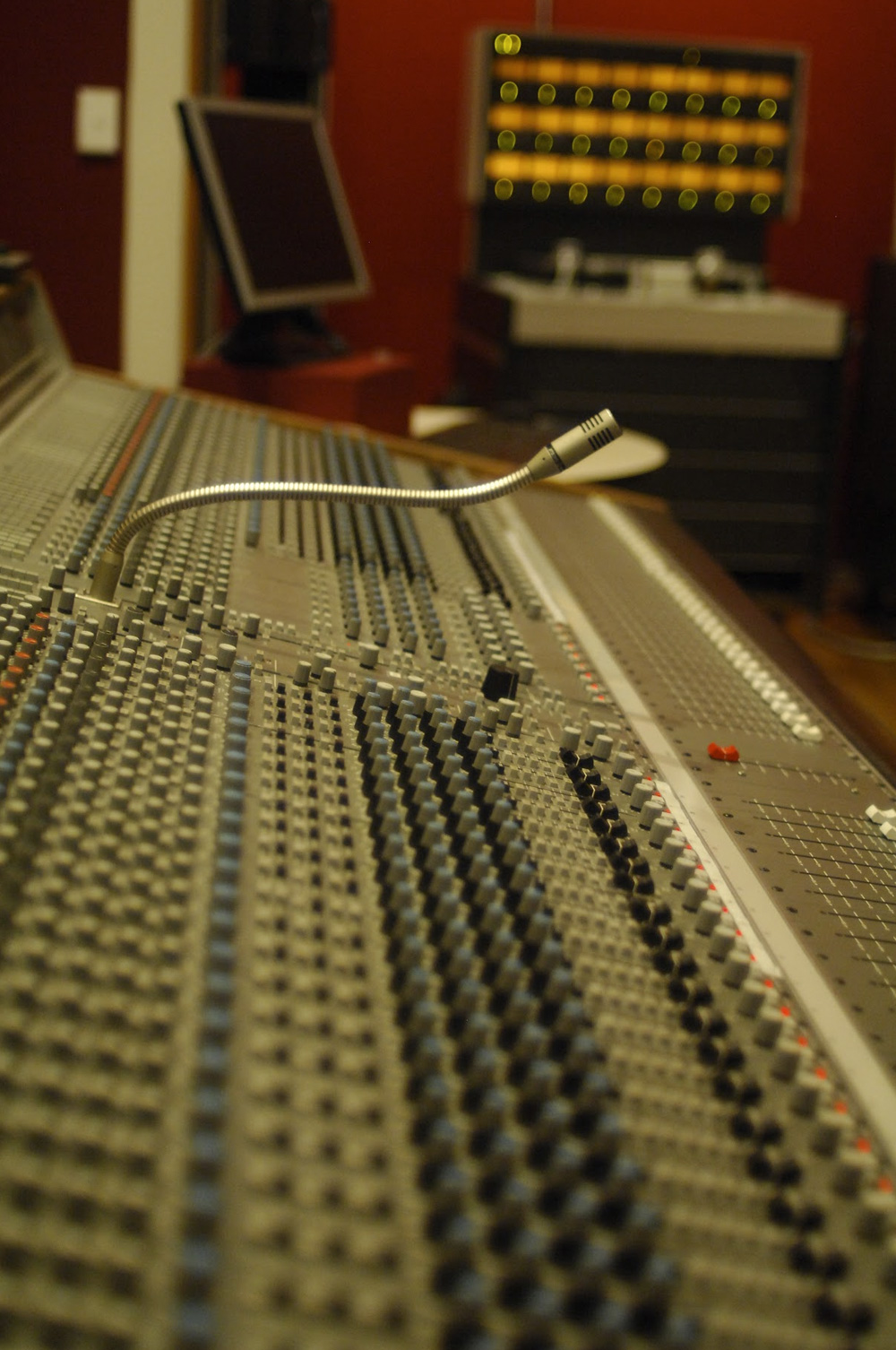
NT: There’s always been a whole bunch of digital software companies, but I think you’d be hard pressed to argue that the Pro Tools software wasn’t ever... The industry standard digital recording, it’s going to be Pro Tools. Many people would argue that’s not the case, but I think if there was one that was synonymous with at least commercial studios it’s Pro Tools. Doesn’t mean it’s the best but…
But it’s the one everyone uses.
NT: Point being, I think, in that period that I was referring to, mid-2000s, Pro Tools was quickly developing as, yes, as that. Its role as that industry standard. And when you talked about digital you almost just talked about Pro Tools. And of course they were smart enough as a business operator, slash cruel enough as a business operator, to make their software only compatible with hardware. Classic business move.
So for many, many years if you wanted to use the industry standard software, you had to buy their hardware as well. You were tied to the convertor technology that they had, which I think was okay but just not great. If I think of the early days of those Digidesign converters, I think of something that was kind of grainy and lacking in three-dimensionality. And at a certain point I think that was recognised and a whole bunch of different AD converters came onto the market. And they just got better and better. Like the software...
You know, let’s just say for argument’s sake that the software has no contribution to the sound of the audio, which essentially it doesn’t. So, where you spent your money is really on the converters. At a certain point Digidesign/Avid caved and made it possible to access their software through different converters.
So at that point, the field opened up and you could take the software that you wanted to use and kind of add... You at least had a choice. So it was only through the innovation of companies like Lynx, for example, that allowed you to tap into the HD system and so on and so forth.
There were some game-changing moves that came along, around that mid-2000s period. We probably bought those converters, which I think still are reasonably respected. Yes, we bought Lynx Auroras, which was a big investment for us at that time. We were really happy with it then—I'm still really happy with them now. That would have been about 2008. That’s kind of what occurred to take some of that enforced kind of shittiness away from the DAW world.
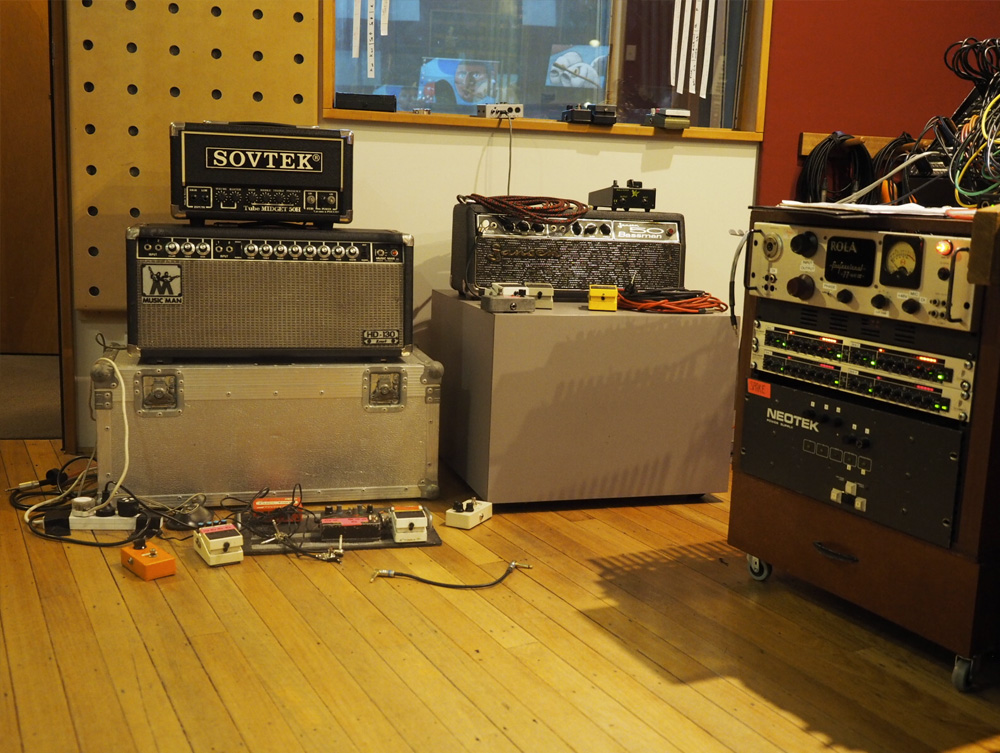
So it wasn’t a tech leap so much as an ideological one?
NT: It was kind of both of those things simultaneously, yes. Like the DA tech, or the AD tech got better and then the business models were, yes, sort of forced to change.
Sure. Makes sense.
NT: So that’s just one story about digital. There are a hundred different stories about what happened in that period and what was good and what was bad. Like I said, playing music at that stage, I made multiple recordings on ADATs which I can throw on now and really enjoy, and yet most people would tell you that was shitty.
It’s all open to interpretation and my view is a subjective one like anyone else’s. All I can really tell you is why we started the studio. And it probably had less to do with being dissatisfied with digital and way more to do with wanting to offer a facility that bands in Melbourne could come to without needing to have a label paying for it.
Melbourne is indie town, always has been, and that means that like 95 or 98 percent of the business that comes in the studio are people paying for their own recordings. Very few exceptions. So we’ve always had the motivation and continue to have the motivation to offer a facility where you can record in a really high-quality environment without necessarily having to go broke to do work. You know, that’s again a subjective point of view.
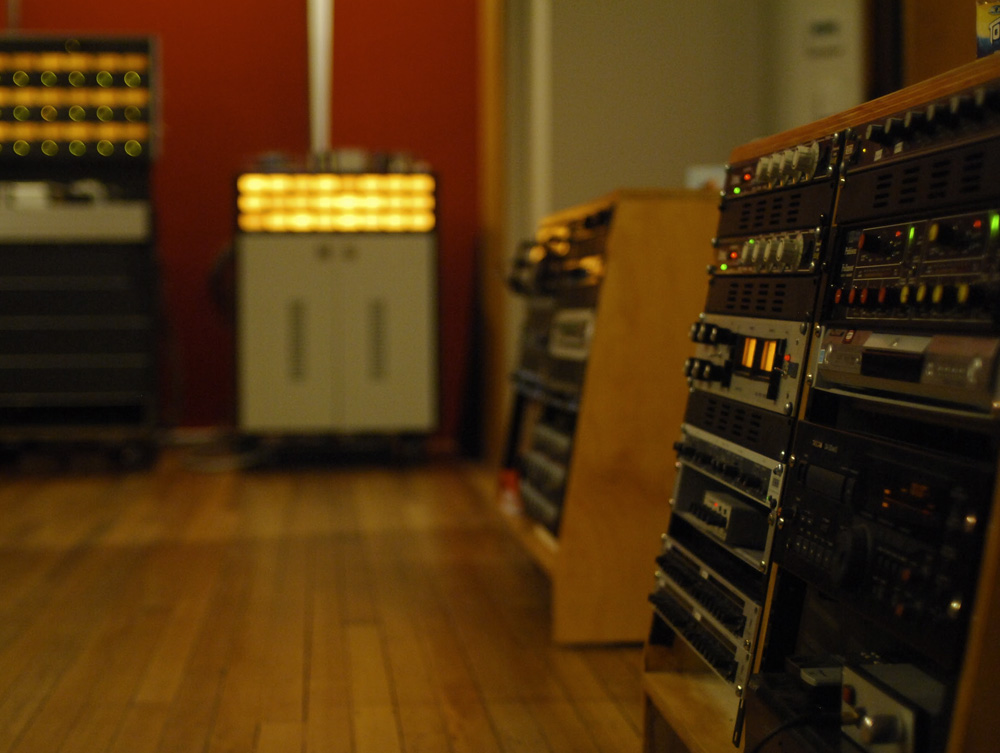
As far as the technical stuff, for the room, for the space—what tape machine are you using?
NT: It’s a Studer A800 Mk3. Studer as a brand, I suppose, have historically been seen as, you know, the hi-fi sort of high-tech tape machine. Swiss manufacturer. No longer in production. Haven’t been for quite a while. But the A800 Mk3 was probably the most popular machine they ever made. They went on to make two further models—820 and the 827. But you know, by that stage tape had begun its decline in popularity or was intensely competitive, so probably the numbers didn’t sell.
But yes, a machine just came up, I don’t even know where we found out about it, but that came from New York. Got crated up and shipped over. 1986 is the year of manufacture. And 1986 is the year of manufacture of the console too.
What is the console?
NT: The console is a Neotek Elite—it was in a semi-trailer in Canada in a mobile recording rig, so it has a long history of doing a bunch of all sorts of stuff. Again, put it into a wooden crate, shipped it across the ocean, reassembled here. A lot of work went into both of those pieces of equipment to restore them. A lot of heartache and heartbreak, blood, sweat, and tears. But as sort of technical centrepieces of the studio they’ve paid for themselves.
And you feel they’re integral to the Head Gap sound, if there is one?
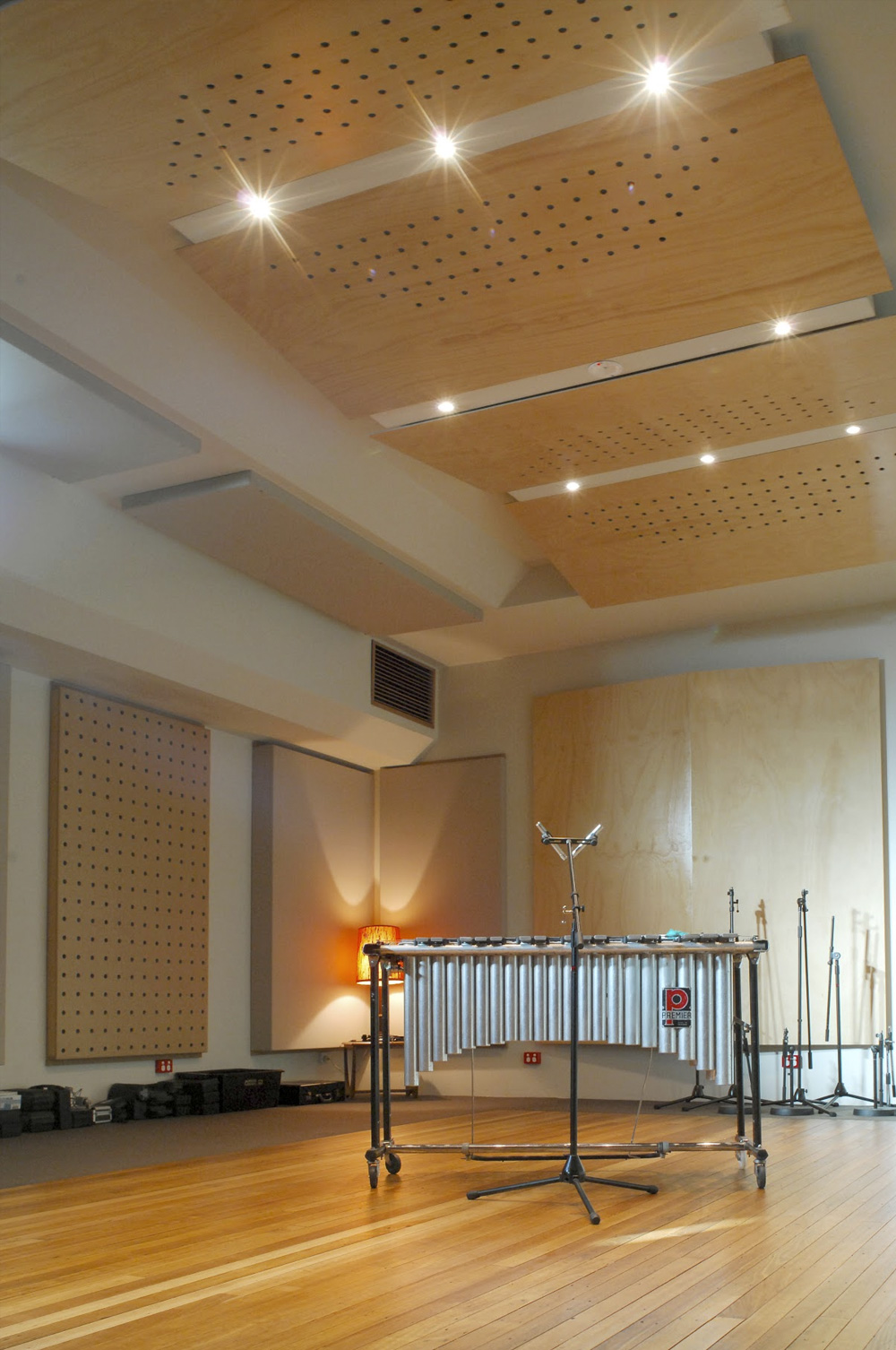
NT: If not to the sound then to the impression that people have of who we are—what we represent. I’d rather, definitely rather, hang our hat, so to speak, on the finished product, rather than the technology. I'm a strong believer that you want to try and make the tech invisible, if you can, to the creative process.
Regardless of how I personally might feel about how things happen. It’s not what I sit down and talk to the band about, you know? And if you’re having a bad day with a piece of equipment—again, ideally, the band doesn’t know about that. Not in a secretive sense, but just in a not-disrupting-the-creative-process sense.
The philosophy was about offering something that Melbourne didn’t seem to have at the time. In the 11 years, or the 12 years that we’ve been running sessions, there’s been a whole bunch of studio closures around and a whole bunch of studios that have opened up, but you would arguably say it’s the bigger ones that have closed and the smaller ones that have stayed open—that’s left us as one of the sort of larger studios around town.
We kind of built with the intention of being like a mid-sized, mid-priced studio. But it’s not that it’s "last man standing," but it’s a bit—it feels a bit like the landscape has changed radically. And yes. I suppose what sets us apart, forgetting about size, is that you have the facility where you can set up as a band and track live. You can do that comfortably and do that with separation and with sightlines. And that’s what you can’t do at most other studios, or most of the new studios that have opened up.
Yes, we’ve got the big console and tape machine and all that kind of stuff, but I don’t think we’ve ever tried to... We’ve never been technophobes, we’ve never wanted to be that studio that does all analogue and that’s our thing. We don’t want to be the gimmicky analogue place. I mean, it’s cool that people run those places, because there is a market for them, but that’s never been our intention.
FK: I think that ability to play live together in the room is a big part of my focus, and I’ve been amazed—there's been young bands coming in that just haven’t had an opportunity to do that.
There’s been young kids that have done all this home recording. They’re just used to, "I play my bit and then you play your bit." And they’re shocked that you can all play live and record music like that. "Hey, this is fun."
NT: Shocked you can record without a click track.
FK: Absolutely.
NT: Very suspicious or nervous of that idea.
FK: But then they’re rapped with the results. "Hey, we just... We played a take together and it sounds like music and it’s good and we just did it as a performance."
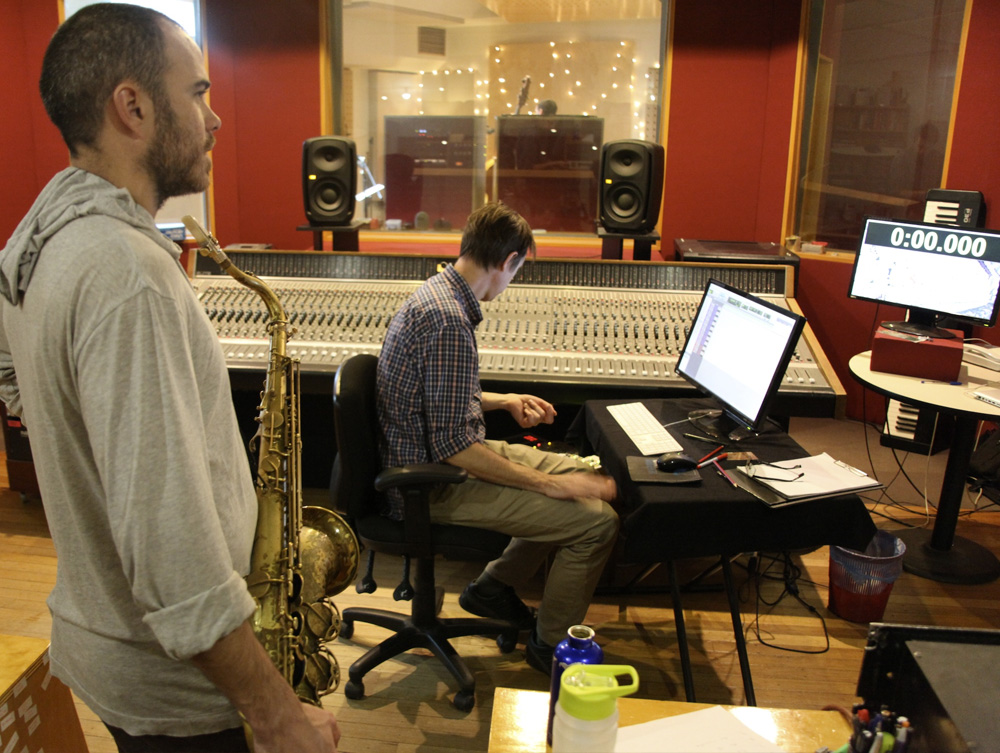
That’s awesome.
FK: That is a great thing.
NT: I think like, you can argue that records recorded at home studios or small spaces, you know, quote unquote don’t sound good, but again that’s a subjective point of view. Regardless of how you feel about the quality of the recordings, that it’s done in small spaces or home studios, I think what you can’t argue against is just the practical advantage of having a large space to set up in and a way to isolate.
I think Finn’s right to point out that way—the way of making records is not just in the technology, but in how they’re put together—is changing. And that’s cool. That’s creating a different workflow, which is creating different styles of music, and we’re seeing this incredible sort of blending of electronics and conventional music instruments, and that’s creating whole new genres of music.
It’s a really broad discussion about musical trends and the good and bad that come out of that, but if you’re a band and you like playing guitar/bass/drums kind of music, then it’s difficult to do that, I think, in a way that makes you do it happy in small space.
You’ve had some amazing bands and artists through the space in the past 12 years—but what are some bands you would still ideally love to record in here?
NT: Well I didn’t get to do it, but for me the Dirty Three did their last record here with Casey Rice. I think when I opened, you know, I would think to myself, Nick Cave & the Bad Seeds.
FK: Oh, that was my answer.
NT: And the Dirty Three closely after. There were seven days of that band tracking that record here and yes, it’s great.
Yes, it is. It’s a great sounding record.
NT: So, for me that box has been ticked in some ways.
FK: I’d still love to record Nick Cave & the Bad Seeds here—oh, and maybe The Drones?
